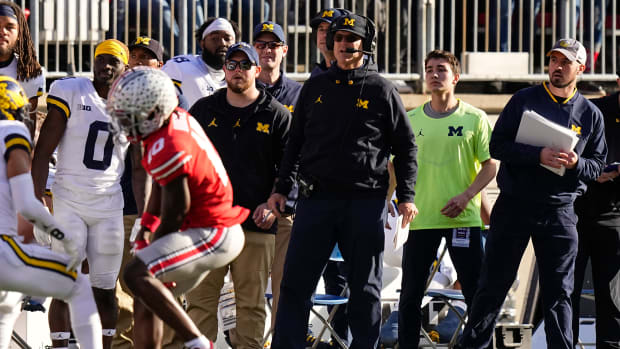
Have you watched any of the World Series? Were you even aware it was underway, and that a game is being played tonight? If not, you’re not alone. The viewership for this year’s World Series between the Texas Rangers and the Arizona Diamondbacks is stunningly, astonishingly bad.
ESPN reported the ratings for first game of the Series with a headline that must have sent chills down the spine of every baseball executive: Game 1 least-watched World Series game in recorded history. The headline’s reference to “recorded history” makes it sound like the record goes back to Roman times, when in fact “recorded history” just dates to 1969. Still, the numbers are awful. Game 1 averaged 9.35 million viewers, which set a new record for being unwatched. It was only the sixth World Series game since 1969 that didn’t draw at least 10 million TV viewers. The fact that it outdrew The Price Is Right is cold comfort.
And get this: the viewership statistics for Game 2 were even worse, averaging only 8.15 million viewers on Fox. To give you a sense of just how dismal those numbers are, consider that it was only seven years ago, in 2016, when the classic Series between the Cleveland Indians and the Chicago Cubs drew 40.05 million viewers–or about 5 times as many viewers as watched this year’s Game 2.
So what gives? To be sure, the Diamondbacks and the Rangers aren’t big-market teams, and they don’t have the histories and fan bases of teams like the Cubs or the Guardians, or some of the other established baseball clubs. But still, it’s the World Series! Does this mean that there just aren’t that many true baseball fans out there, who care about the Series no matter who is playing? When I was a kid, everyone paid attention to the Series and talked about it–but that apparently isn’t the case anymore. And, to be honest, I haven’t watched a minute of it.
If I were involved in organized baseball, I’d be incredibly concerned about these numbers. There’s no way to spin them. It’s really bad news for a sport that used to be the dominant fixation of virtually everyone in America, and now seems to be withering on the vine.













